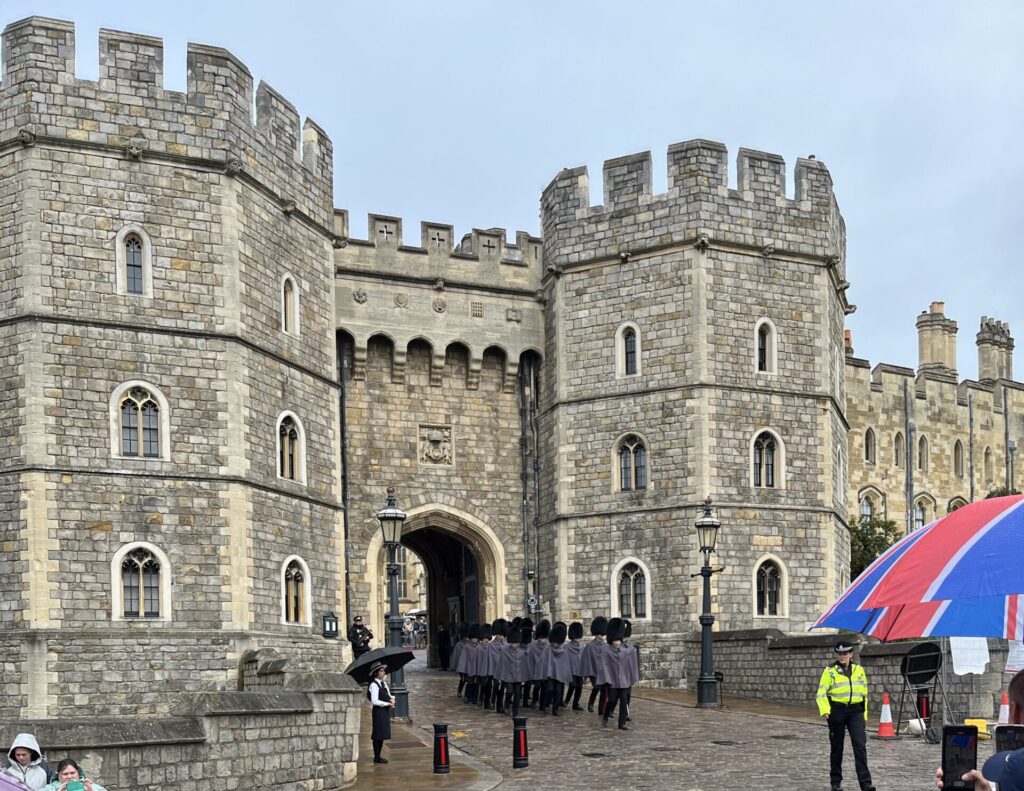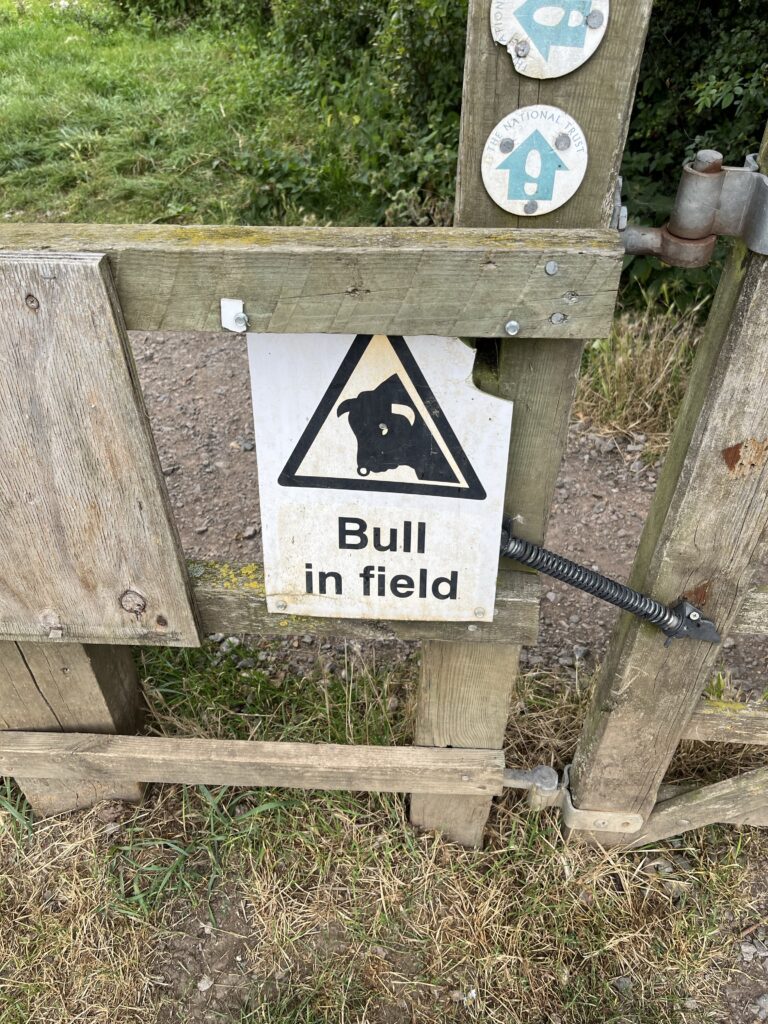
We started our first day in England at Windsor Castle, which, none of us knew until we got there, was founded by William the Conqueror, one of the subjects of our tour. Just a coincidence, I’m sure.
Inside, we visited St. George’s Chapel, where we saw tombs of kings and queens of England. The highlight was the tomb of Queen Elizabeth II, England’s longest serving monarch, who died in 2022. Reportedly, she prayed daily and read her Bible and considered herself a servant of King Jesus, which is a testimony to the leavening work of the Kingdom in the country we will be studying on this tour.
After leaving Windsor, we drove a few miles to Runnymede, home of the signing of the Magna Carta, where British nobles forced King John to acknowledge certain rights, including trial by jury, as well as the rule of law. This is stuff that gets us lawyers very excited.
There are actually two Runnymedes. There is the commercialized place, where you can buy a cappuccino and see the JFK, American Bar Association, and Duke of Cambridge monuments. And then there’s a place called Ankerwycke.
Ankerwycke can be found not far away on the other side of the Thames, at the end of a narrow, poorly marked road at the end of which is a small car park. To find the actual spot where the Magna Carta may have been signed requires a trek through a field with no signs or markings, except “Bull in field.”

After visiting both places, the GSB team was convinced Ankerwycke was authentic. You can can read the arguments for Ankerwycke here. I should mention the GSB team’s opinion may have been influenced by the considerable effort and risk it took in finding the site. You start by going through a gate with a warning sign, “Bull in field,” a warning I suggest you take seriously (the bull seemed quite ill-tempered). You then have to walk about a mile through trees and a field with no signs to find the spot.
There was a palpable joy when we finally arrived. The spot is near a 1,400+ year-old Yew tree, next to the ruins of an ancient priory. There are no memorials, no shrines built by lawyers, and no modern art placed by dukes; it’s just an old tree in between what, 1,000 years ago, was a fork in the River Thames.


Finding the actual spot where world-changing events happened is thrilling. Place plants history firmly in the soil of reality.
There is precedent for marking historical spots in the Bible. Some examples are Bethel, where Jacob set up a stone pillar on the place where God spoke to him (Genesis 35:14) and between Mizpah and Shen, where Samuel erected a stone to mark the place where God intervened to defeat the Philistines (I Samuel 7:10-12).
And then there is the specific description of the place of the greatest event in history described with some specificity, perhaps to ensure that site would not be lost to history:
Now in the place where He was crucified there was a garden, and in the garden a new tomb in which no one had yet been laid. Therefore because of the Jewish day of preparation, since the tomb was nearby, they laid Jesus there.
John 19:41-42
This is why the GSB team has always been as interested in sites as in sights. And there will be more to see tomorrow when we explore the sites of the life of C.S. Lewis in Oxford. GS

